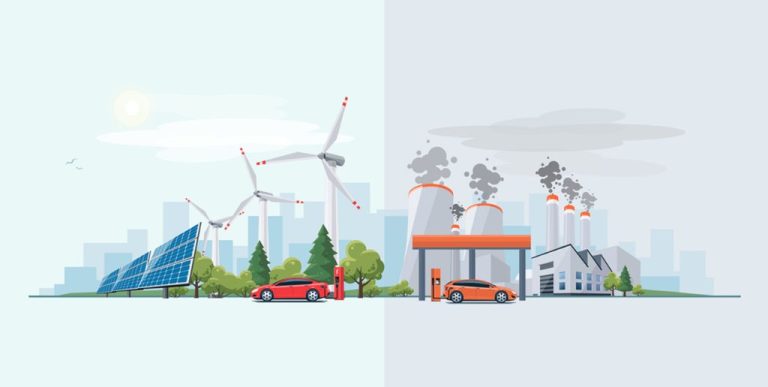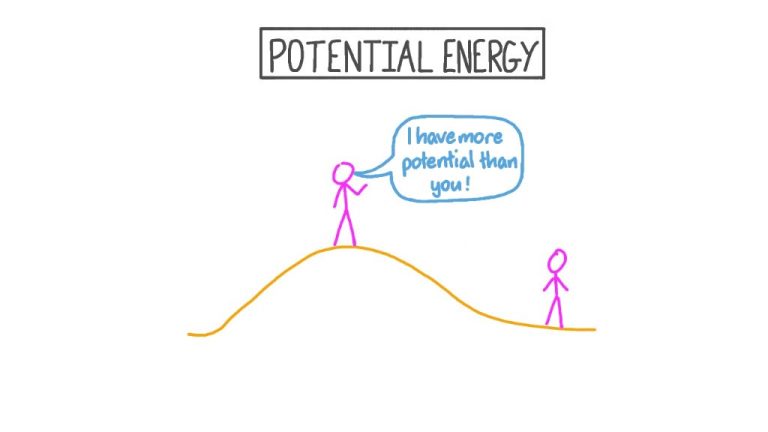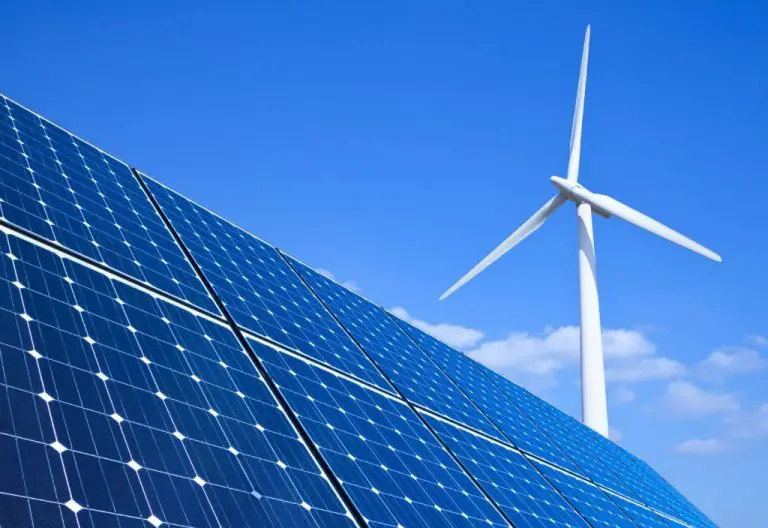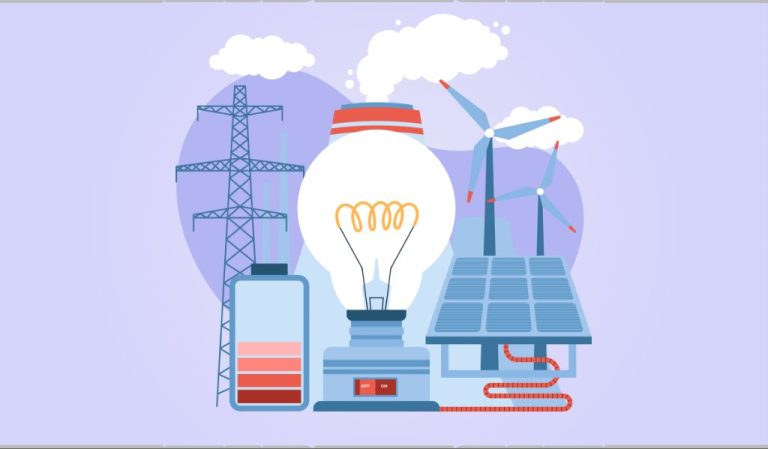Which Is Better Fossil Fuels Or Renewable Energy?
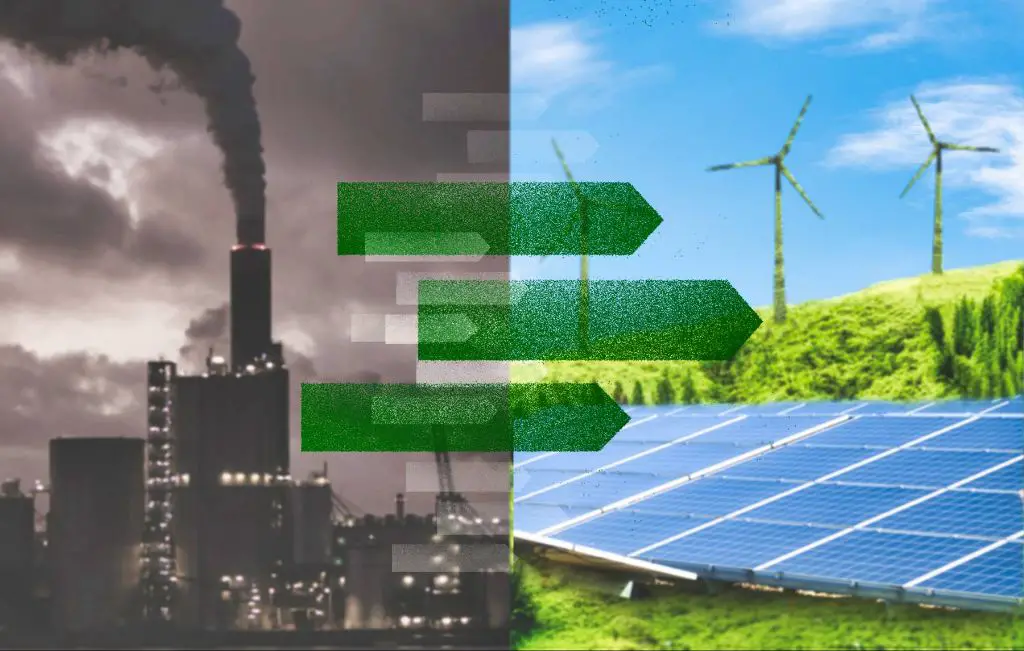
The world has relied on fossil fuels like coal, oil, and natural gas to power homes, businesses, and transportation for over a century. However, burning fossil fuels releases greenhouse gases like carbon dioxide that contribute to climate change. Meanwhile, renewable energy sources like solar, wind, hydropower, and geothermal energy produce much lower emissions. While fossil fuels have powered society for decades, renewable energy presents a cleaner and more sustainable path forward. This article examines the pros and cons of both energy sources.
What are fossil fuels?
Fossil fuels are energy sources formed over millions of years from the remains of dead plants and animals. They include coal, oil, and natural gas. Fossil fuels get their name because they are quite literally “fossil” fuels, formed from the fossilized, preserved remains of prehistoric plants and animals that lived hundreds of millions of years ago.
When these ancient life forms died, they sank to the bottom of the oceans where they were buried under layers of sediment over long periods of time. Under intense heat and pressure beneath the Earth’s surface, their remains were transformed into fossil fuels. Over geologic time, enormous amounts of energy came to be stored in the molecular bonds of these fuels.
The main types of fossil fuels are:
- Coal – Formed from the remains of trees, ferns, algae, and other plants.
- Oil – Formed from the remains of tiny marine organisms such as diatoms.
- Natural gas – Formed from plankton and algae remains.
Fossil fuels are non-renewable resources, meaning they take millions of years to form and their supplies are limited. We cannot make more in a short period of time. Once we deplete the existing stores of fossil fuels, they will be gone.
Pros of fossil fuels
Fossil fuels have many advantages that have led to their widespread adoption and use. A major advantage is their abundance and low cost. As described in The Pros and Cons of Fossil Fuels (Kiwi Energy), fossil fuels are plentiful and relatively inexpensive to extract and use. This makes them an affordable energy source for power generation and transportation.
Another major advantage of fossil fuels is their high energy density. As explained in Fossil Fuels: Their Advantages and Disadvantages (University of North Carolina), fossil fuels like coal, oil and natural gas can produce much more energy per unit mass compared to other energy sources. This makes them easy to store and transport.
Fossil fuels also benefit from established infrastructure built up over decades. As highlighted in Pros and cons of fossil fuels (Met Group), existing power plants, pipelines, refineries and distribution networks enable the widespread use of fossil fuels. The reliability of this infrastructure is a major advantage.
Cons of Fossil Fuels
Fossil fuels have some major disadvantages that are becoming increasingly apparent as we move forward in the 21st century. Some of the main cons of fossil fuels are:
Major source of carbon emissions – The burning of fossil fuels like coal, oil, and gas releases high amounts of carbon dioxide and other greenhouse gases into the atmosphere. This leads to climate change and global warming, which causes sea level rise, extreme weather, and other environmental issues (NRDC).
Finite resource – Fossil fuels are non-renewable, meaning they take hundreds of millions of years to form and the global supply is limited. We cannot replenish these sources at the rate we are currently consuming them. If consumption continues increasing, fossil fuel reserves will eventually be depleted (Met Group).
Extraction harms environment – The extraction of fossil fuels often requires practices like fracking, offshore drilling, and mountaintop removal mining that can pollute the air and water, destroy habitats, and harm local communities (Kiwi Energy). There are major environmental risks associated with extraction.
What is renewable energy?
Renewable energy is energy that comes from natural sources or processes that are constantly replenished. Renewable energy includes energy derived from solar, wind, geothermal, hydropower, and various forms of biomass. These energy resources are considered renewable because they are naturally replenished over relatively short time spans.
The most common renewable energy sources are:
- Solar energy from the sun that can be harnessed through solar panels and concentrated solar power.
- Wind energy captured through large wind turbines that generate electricity.
- Hydropower from flowing water that can spin turbines to produce electricity.
- Geothermal energy from heat generated deep within the earth that can provide heating or generate electricity.
Renewable energy provides clean alternatives to fossil fuels and helps reduce greenhouse gas emissions that contribute to climate change. The renewable energy field is rapidly growing as technology improves and costs decline.
Pros of renewable energy
Renewable energy has several important benefits that make it an appealing alternative to fossil fuels. Three of the main pros of renewable energy are:
Clean and sustainable
Unlike fossil fuels, most forms of renewable energy produce little to no global warming emissions. According to the EPA, transitioning to renewable energy sources like wind and solar will help reduce greenhouse gas emissions that contribute to climate change. Renewables can help create a cleaner environment for future generations.
Abundant supply
Renewable sources like solar, wind, and hydropower utilize resources that will never run out. The potential supply of renewable energy is practically limitless. We will never deplete the power of the sun, wind, or water on Earth. This makes renewables a sustainable long-term energy solution.
Energy independence and security
Because renewable resources are available domestically, they promote energy independence by reducing the need for imported fuels. Less reliance on imported oil increases America’s energy security. Developing renewable energy provides a strategic advantage and buffers the U.S. economy from global fossil fuel price shocks.
Cons of renewable energy
While renewable energy sources provide many benefits, they also have some downsides compared to traditional fossil fuels. One major disadvantage of renewable energy is the higher upfront costs. Building wind farms, solar fields, and other renewable power plants is very capital-intensive. The initial investment required is usually higher than building a traditional power plant (1).
Another drawback is that renewable energy sources provide intermittent power. The sun doesn’t always shine and the wind doesn’t always blow when electricity is needed. This unpredictability makes renewable energy less reliable than fossil fuels. Energy storage systems are needed to store the excess energy produced when conditions are ideal and dispatch it when renewable sources are not available (2).
Energy storage is still a major challenge and adds to the costs of renewable energy systems. Batteries are improving but currently lack the capacity to store energy from large-scale renewable power plants for extended periods. Pumped hydro storage requires specific geographic features and has geographical constraints (3). Until more affordable and scalable storage is available, the intermittent nature of renewable energy remains a barrier.
(1) [Energysage pros and cons](https://www.energysage.com/about-clean-energy/advantages-and-disadvantages-of-renewable-energy/)
(2) [Greenmatch intermittent power](https://www.greenmatch.co.uk/blog/2021/09/advantages-and-disadvantages-of-renewable-energy)
(3) [UCSUSA storage challenge](https://www.ucsusa.org/resources/barriers-renewable-energy-technologies)
Recent trends
In recent years, there have been two major trends in renewable energy: declining costs and growth in capacity. According to the IEA, costs for solar PV have decreased by over 80% in the last decade, with wind and battery storage costs also falling significantly (IEA). As costs have declined, installed renewable energy capacity has increased rapidly. The IEA reports that renewable capacity grew by over 260 gigawatts in 2022, led by solar and wind. China accounted for over half of this new capacity, but growth remained strong in Europe, the US and India as well (Energy Digital). Further declines in renewable energy costs along with supportive policies are expected to drive continued high growth rates for renewables capacity additions going forward.
The future of energy
The future growth of renewable energy will depend greatly on government policies and incentives. According to the UN, the share of renewables in global electricity generation would need to grow from 25% today to at least 85% by 2050 to limit global warming to 1.5°C (https://www.un.org/en/climatechange/raising-ambition/renewable-energy). Many experts believe this is achievable with the right policy support. For example, the US recently passed the Inflation Reduction Act which includes over $370 billion in clean energy incentives.
Projections show massive growth potential for renewables, especially solar and wind. According to one analysis, global solar capacity is projected to grow 57% and onshore wind capacity is expected to increase 64% between 2022-2027 (https://earth.org/the-growth-of-renewable-energy-what-does-the-future-hold/). The International Energy Agency predicts renewables will overtake coal as the largest source of global electricity generation by 2025.
Conclusion
In summary, both fossil fuels and renewable energy sources have their pros and cons. Fossil fuels currently make up the majority of the world’s energy supply due to their high energy density and historically low costs. However, fossil fuels contribute significantly to climate change, pollution, and environmental damage. Renewable energy sources like solar, wind, and geothermal are cleaner and more sustainable, but currently have higher costs and lower energy density than fossil fuels.
While fossil fuels still dominate the global energy market, renewables are rapidly increasing their share as costs fall and concern rises over the impacts of continuing to burn fossil fuels. Most experts agree that transitioning to renewable energy is critical for mitigating climate change and building a sustainable energy future. However, this transition will take time and require substantial investments in renewable energy infrastructure and technologies. In the meantime, fossil fuels are likely to remain a major part of the global energy mix, but their dominance is expected to decline steadily in coming decades as renewables become more cost-competitive and widely adopted worldwide.

